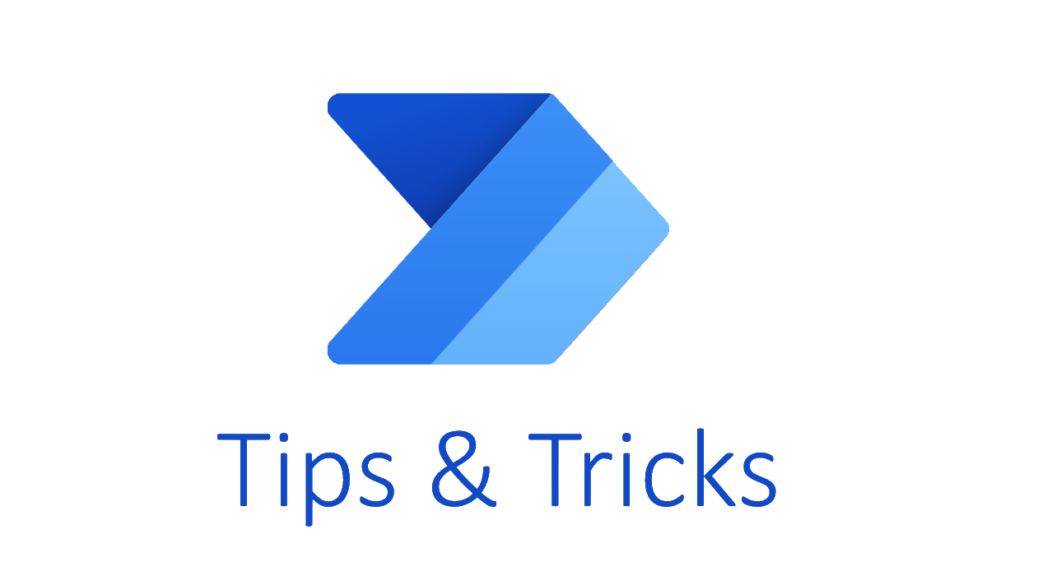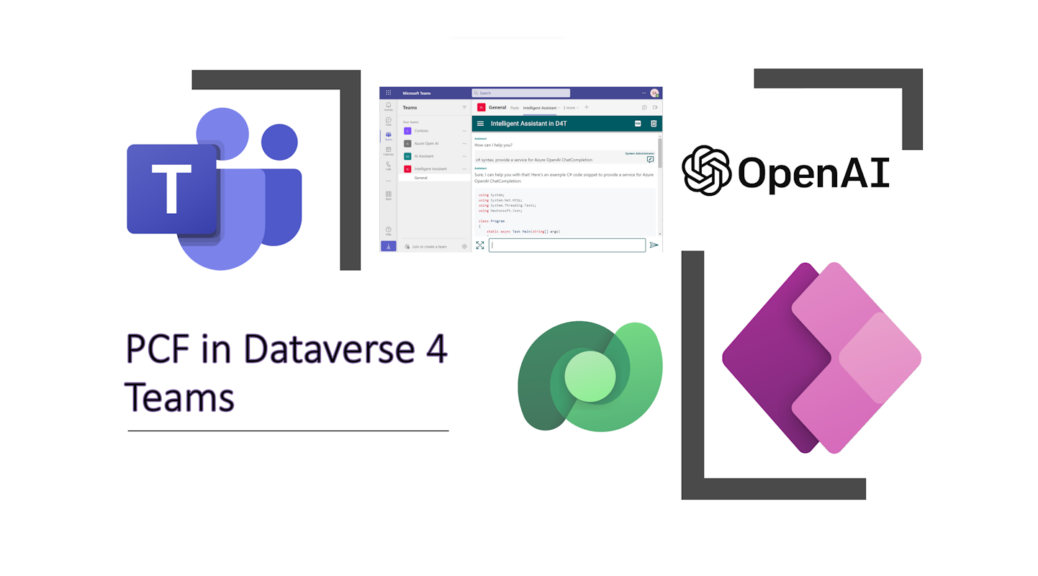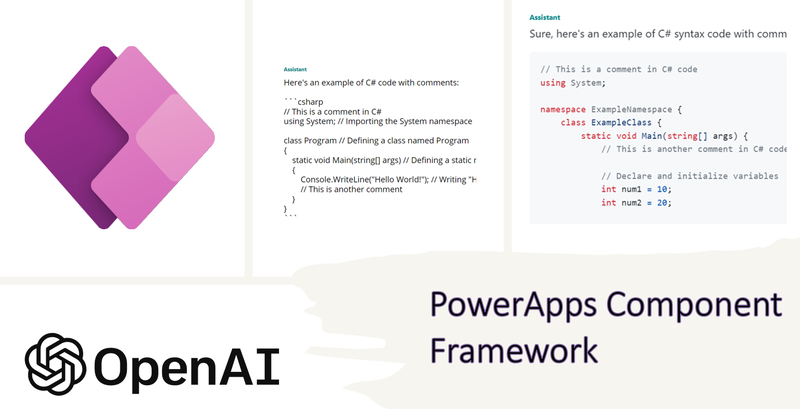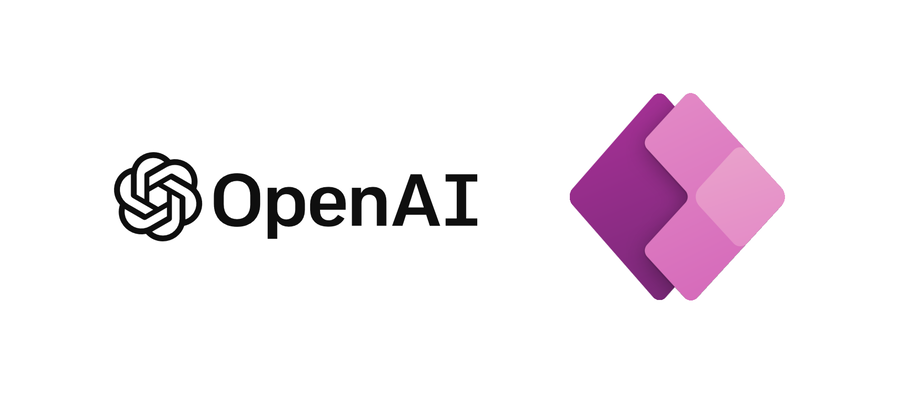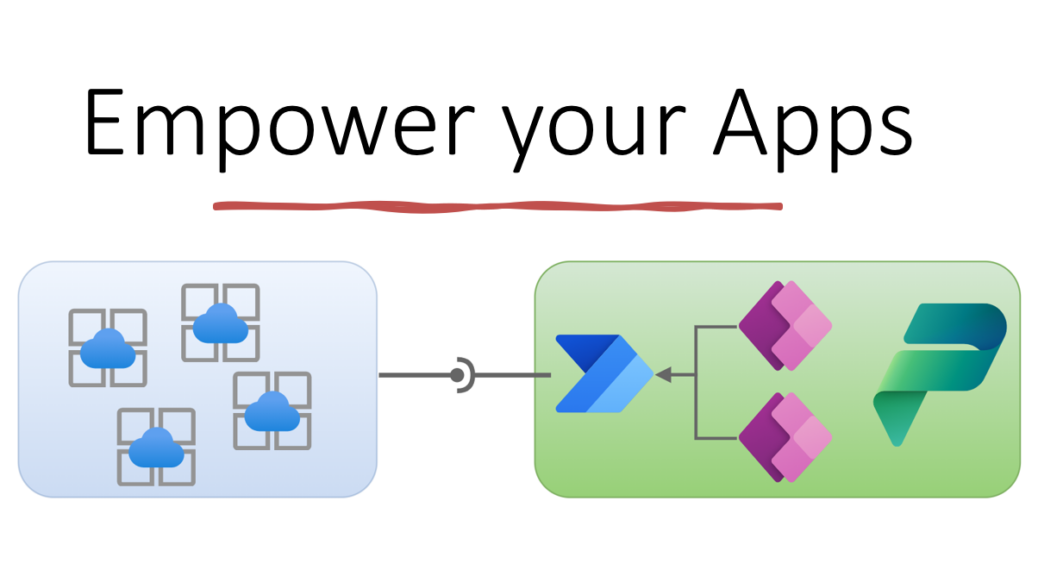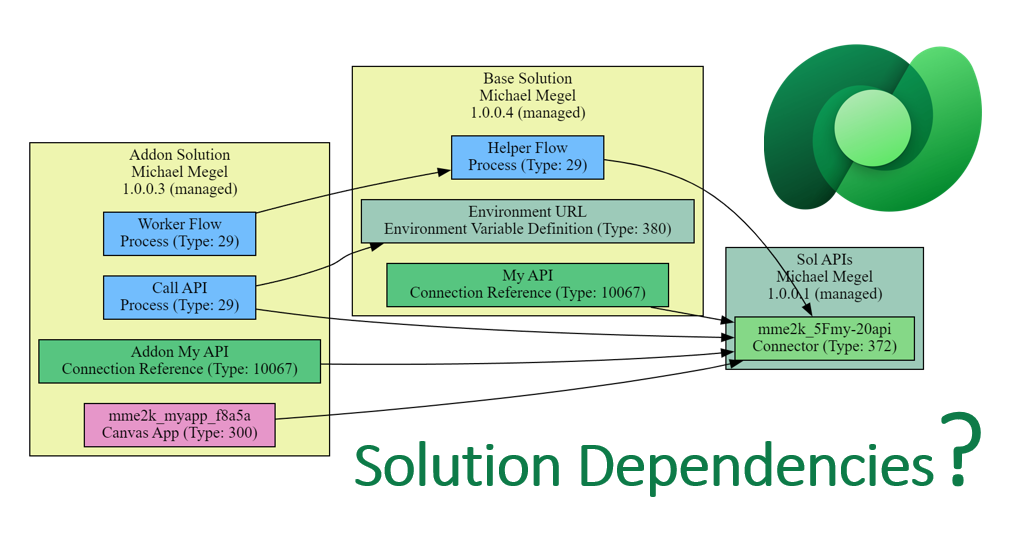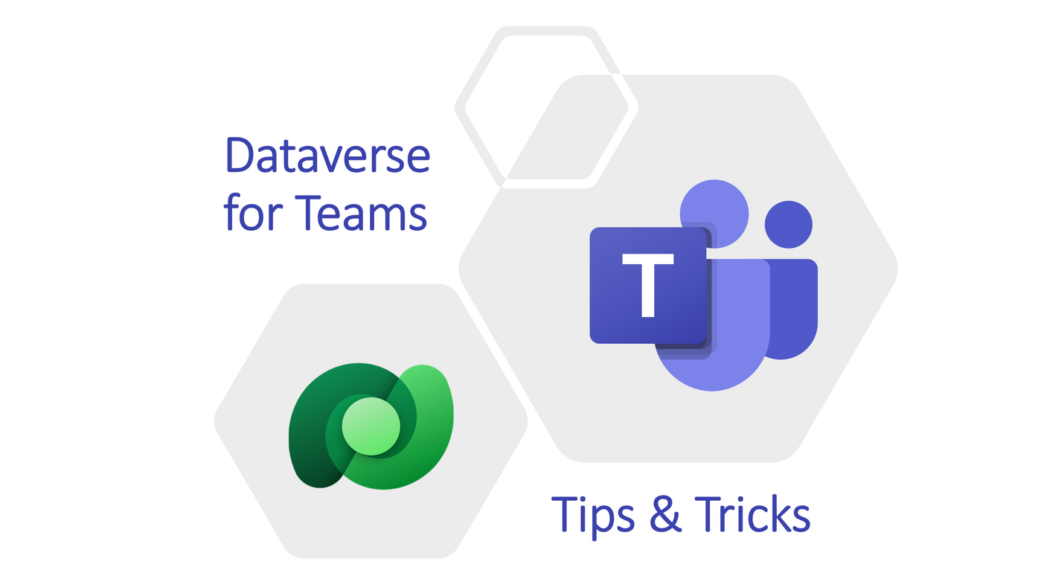Logging in Custom Connector Code
Today, I’m excited to introduce you to a new feature that addresses a common challenge faced by both Citizen Developers and Pro Developers. Yes, you guessed it – we’re delving into the world of creating custom connectors. But I’m not talking about the usual tasks like setting up requests, responses, or authentication. No, the real test comes when we venture into coding within our custom connectors.See more here at Microsoft Docs: Write code in my custom connector. Moreover, there’s a…
